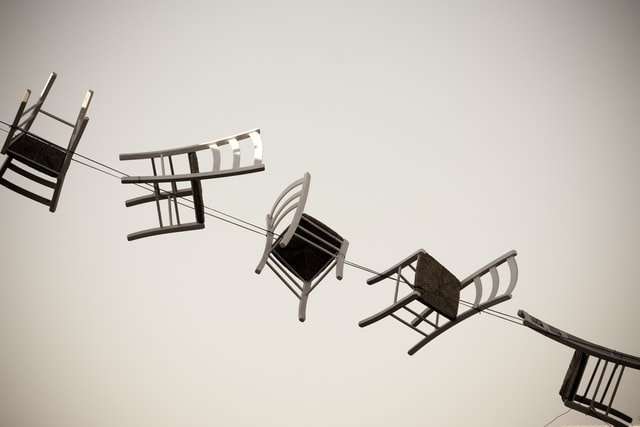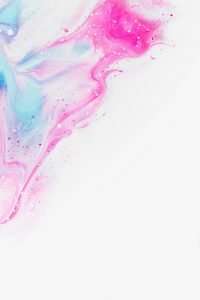While I am not a photographer, I do have a blog about street art (Art of the State: Art by the State). My blog is about street art because it’s a great way to use one’s local knowledge and find some cool things to see in one’s own neighborhood.
Yes, there are some websites out there that make it easier to find street art by location. There is also Flickr, with hundreds of thousands of photos of street art (and graffiti) posted online. But I find that when I look at these sites or on Flickr, they just kind of put me to sleep. You see the same tags over and over again and eventually it just becomes annoying.
So I’m going to give you some tips on how to photograph and/or not photograph the “best” street art. By best, I am referring to well-known works; pieces that get photographed time and time again by people who don’t live in the neighborhood where the piece is located. If you’re visiting San Francisco for example, but have no clue where you might find some good street art, this is for you.
As a warning upfront: if you want to go out there and find some cool new work in your neighborhood, I’m going to recommend that you don
This is a blog I wrote on how to photograph street art. It is one of the most popular posts on my site. I have included it again here because it can introduce you to my writing voice and will help you understand the more in-depth articles that follow on this page.
I am not posting the links to other articles because those articles are meant for readers who are already familiar with my work and this page is for people who are not yet aware of me.
If you want to read more about street art, please read some of the linked articles further down this page. Also feel free to visit my site and click on the photo galleries which will give you a feel for my style as a photographer/writer. Then, if you like, come back here and read this article on how to take photos of street art.
Thank you!
Street art is one of the great joys of urban life. In the right context it can make the world beautiful, and capture the imagination.
There are many ways to photograph street art, and I want to share some of my secrets with you. But first I need to tell you that you shouldn’t take pictures of street art.
That’s right, I just said that you shouldn’t take pictures of street art. Why would I say such a thing?
It’s simple: if you are taking a picture of street art in a busy city like London or New York, chances are that someone else has already taken a better picture than yours. The result is that all your pictures will be ruined by other people’s pictures shown on billboards or in newspapers next to yours, meaning that your work was pointless and everyone hates it.
And even if there isn’t any other good pictures available, when you show everyone your crappy picture they’ll be disappointed and never look at your Instagram again.
So now that we’ve got that out of the way, let’s talk about how to take a good picture of street art.
Let’s say you’re walking down a city street, and see some very nice street art on the wall of an old building. You’re
Street art is a form of self-expression and social commentary. It’s often controversial, but it’s also beautiful.
Street art can be difficult to capture as a photographer. Most of the time, you’ll be at a loss for words. You might not have the right words, or even find that you have something to say. Maybe you just don’t have anything to say. Maybe you’d rather just admire the art in its natural environment, but you’re still wondering how best to take its picture.
Trying to decide how best to photograph street art can be frustrating for some people because there are so many different ways to do it. Some people prefer to capture street art in color; others prefer black and white photography; yet others prefer sepia or other filters on top of their photos.**
The following tips will help you get the most out of street art photography:**
Street art is rapidly on the rise in New York City and also in other major cities across the globe. This is both a good and a bad thing, depending on how you look at it. First of all, it’s undeniable that street art adds an extra dimension to any city, especially one like NYC with a rich history of artistic expression. The walls of the concrete jungle are now literally covered with vibrant pieces of art, which for many people are now more interesting than what’s inside most galleries.
Directly related to this explosion of artistic expression is the explosion of its documentation. Gone are the days when you could go about your everyday life without being bombarded with images on your phone or from your window of some random graffiti piece somewhere in town. Social media has played no small part in effectively turning every single person into a paparazzo for our time.
But not all street art photography is created equal. You can take the same photo and make it either very good or very bad by simply adjusting certain elements such as lighting, composition, lenses and other technical aspects. So if you want your photos to be taken seriously, then read along and learn how you can create better street art photos!
Street art is an ever changing and evolving subject, with new pieces popping up more often than one would expect. With that said, I want to discuss what makes a great graffiti photograph. I’ve been shooting graffiti for the past three years, and there are some things that I’ve learned along the way.
Tone:matter-of-fact
If you’re a street photographer, you know that most of the time you’ll be shooting at night when there are no people around and the light sucks, but sometimes you get lucky. You’ll be in the right place at the right time to capture that perfect moment. But how do you capture it?
If you have a digital SLR camera, your first instinct might be to whip out the tripod, set up your shot, and start playing with exposure settings. If you’re lucky enough to have a D3S or D4S with no anti-aliasing filter, you can use your camera’s built-in intervalometer to take a series of long exposures over several minutes and stitch them together in photoshop later.
For me, I prefer to shoot street photography handheld — after all, that’s what the masters like Henri Cartier-Bresson did — so I’m always on the lookout for ways to steady my camera and minimize motion blur. Here’s six methods I’ve come up with so far:


